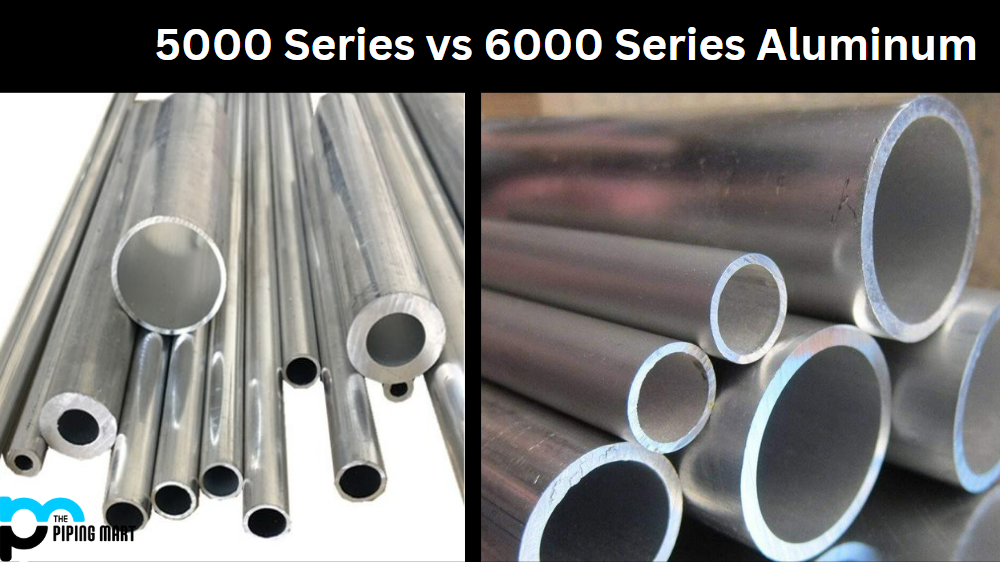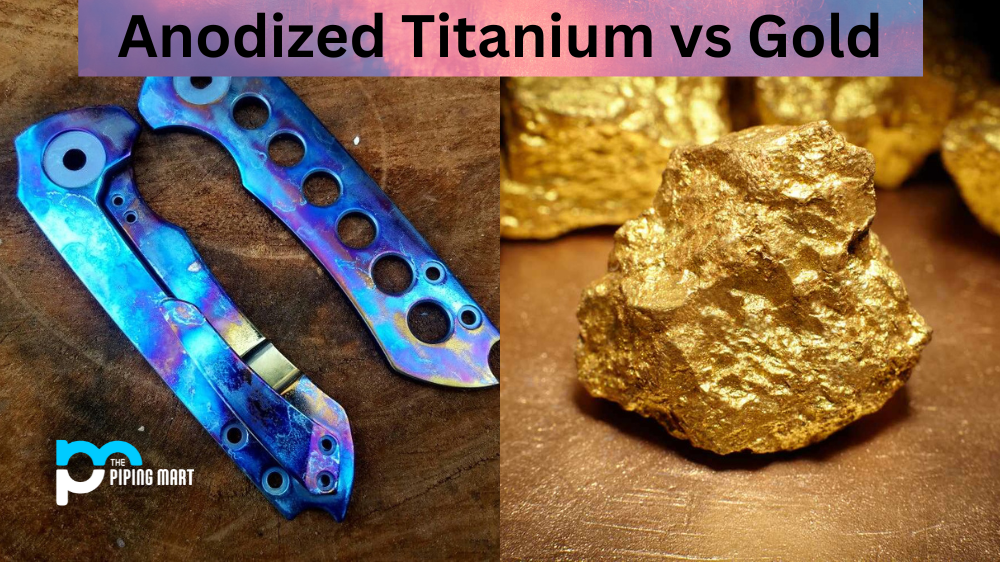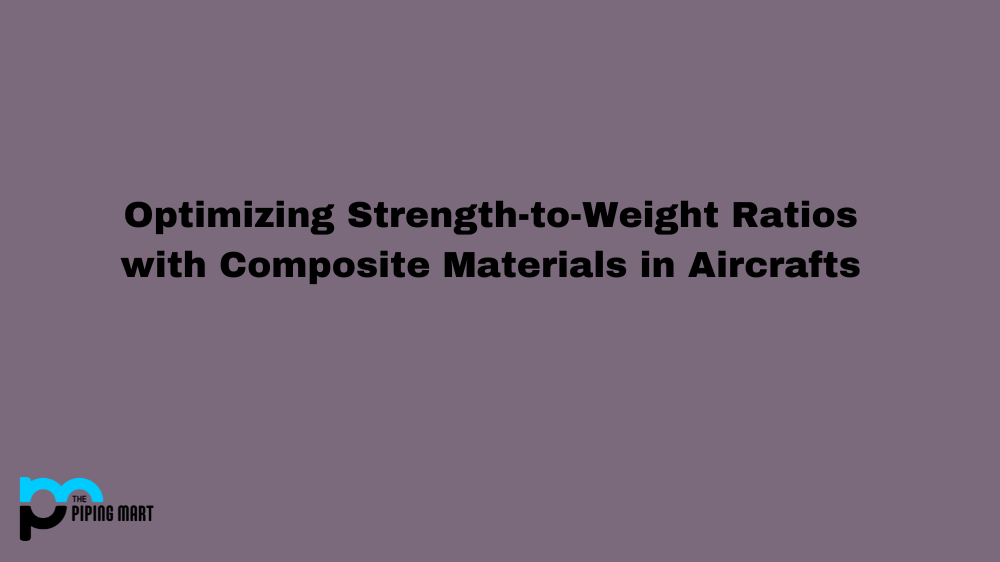When it comes to aluminum, not all grades are created equal. Depending on your application and needs, you may need to use a specific series of aluminum, such as the 5000 Series or the 6000 Series. But what’s the difference between them? Let’s take a look.
5000 Series Aluminium
The 5000 Series is a non-heat-treatable aluminum alloy with magnesium as its major alloying element. This series of aluminium is praised for its exceptional strength and corrosion resistance, making it an ideal choice for applications such as architectural structures, marine components, and construction materials. The alloy also has excellent weldability properties, making it easy to join with other metals in fabrication projects. It also offers good mechanical properties and formability at low temperatures.
6000 Series Aluminum
The 6000 Series is a heat-treatable aluminum alloy that contains silicon and magnesium as its major alloying elements. This series of aluminium features excellent machinability and formability properties, making it ideal for applications such as machine parts, automotive components, and aerospace parts. The alloy also has excellent corrosion resistance due to the presence of magnesium in its composition. Additionally, this type of aluminum can be anodized for extra protection against corrosion in marine environments or in other extreme environments where rust could become a problem.
Difference Between 5000 Series and 6000 Series Aluminium
5000 Series
5000 series aluminum is a aluminuim alloy containing magnesium and trace amounts of manganese, copper, chromium, and zinc. This alloy is commonly used in the automotive industry, as it has a high strength-to-weight ratio and is resistant to corrosion.
6000 Series
6000 series aluminium is an aluminium alloy containing magnesium and silicon. This alloy is commonly used in the aerospace industry, as it has a high strength-to-weight ratio and is resistant to corrosion.
Comparison
When comparing 5000 series aluminum to 6000 series aluminium, it is essential to note that the two alloys have different strengths and weaknesses. 5000 series aluminum is stronger than 6000 series aluminium but is also more susceptible to corrosion. Additionally, 6000 series aluminum is more easily welded than 5000 series aluminium.
Applications
Some common applications of 5000 series aluminium include automotive parts, such as wheels and body panels; construction materials, such as window frames and roofing; and consumer goods, such as appliances and utensils.
Some common applications of 6000 series aluminium include aircraft parts, such as fuselages and wings, spacecraft components, and medical devices.
Conclusion:
When deciding which type of aluminum to use for your project or application, you should consider both the 5000 Series and the 6000 Series options. Each has its unique set of characteristics that make it suitable for different tasks or uses. The 5000 Series offers outstanding strength and corrosion resistance, while the 6000 Series provides superior machinability, formability, and good corrosion resistance qualities. Both types of aluminum have their own specific advantages depending on what you need them for; understanding these differences can help you choose the right one for your project!
Meet Heer, a dynamic and driven writer learning tricks of her trade in the metal industry. With a background in Digital Marketing, Heer brings a unique perspective to her writing, sharing valuable insights. Apart from blogging she like reading and hiking.




